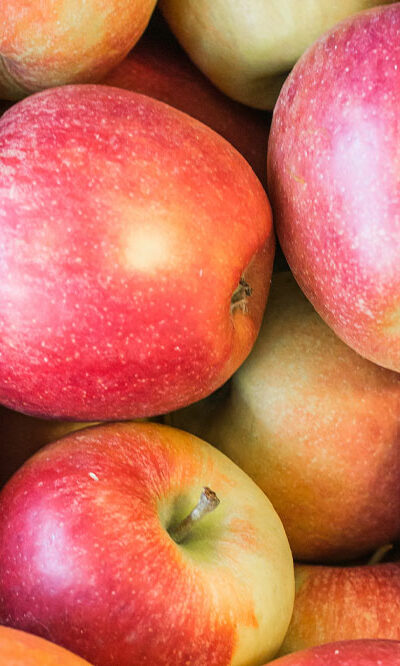
Top 5 Foods to Manage Hyperkalemia
As both a mineral and an electrolyte, potassium facilitates the functioning of all of your muscles, including voluntary and involuntary muscles. Hyperkalemia refers to the condition of having excess potassium in your blood. It is harmful to have elevated potassium levels because a heart attack or even death can result from hyperkalemia. Some of the food items that patients with hyperkalemia can eat to maintain good health while avoiding a surge in potassium levels are: Apples Apples are a low-potassium fruit that can be particularly helpful in managing the health of hyperkalemia patients. They are a rich source of antioxidants, vitamins, and fiber. In fact, a medium-sized apple contains only about 148 milligrams of the element, making it an excellent choice for people with hyperkalemia. Apples also contain pectin, a type of fiber that may help lower potassium levels in the blood. Pectin works by binding to the electrolyte in the digestive system, preventing it from being absorbed into the bloodstream. The fruit can be eaten in a variety of ways, making them an easy and versatile addition to any meal plan. They can be eaten raw, baked, or stewed, and can be used in a wide range of recipes, from desserts and salads to smoothies. This makes them relatively easy to incorporate into your daily meal plan. It is important to steer clear of apple juice or processed apple products as these products can be high in artificial sugar. Cottage cheese Cottage cheese can be beneficial for people with high hyperkalemia due to its low potassium content and high protein and calcium levels. One cup of it typically contains around 160 milligrams of the element, which is relatively low compared to other potassium sources like bananas or avocados. This makes cottage cheese a great option for people with hyperkalemia as it can help reduce the overall intake of the electrolyte in the meal.










